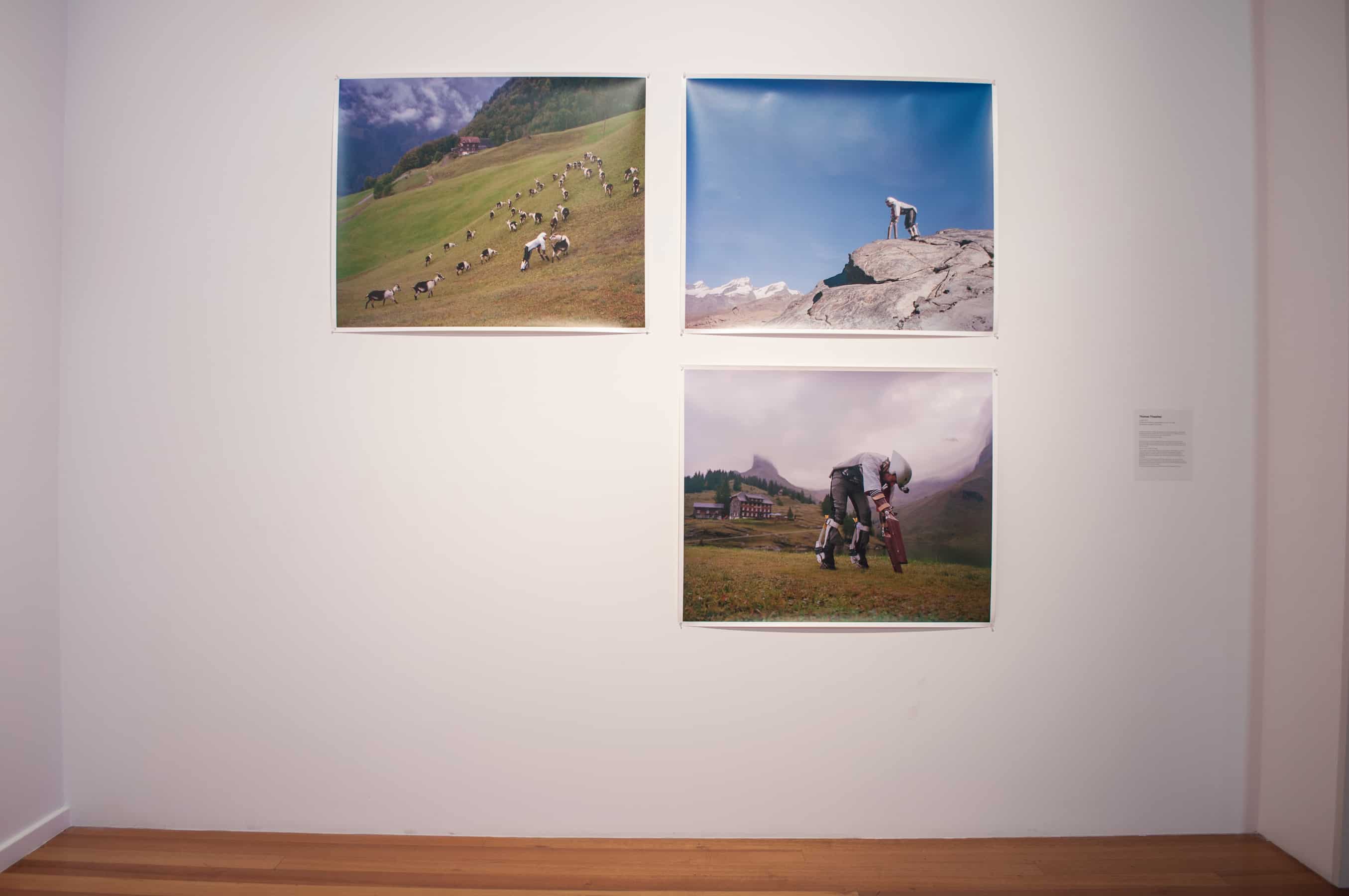When navigating the social landscape, one discovers there are certain topics that spark conversations, and others that kill them entirely. “I want to live as a goat” tends to fall into the latter category.
For designer Thomas Thwaites, however, this social rule didn’t apply. Astonishingly, it secured him a Wellcome Trust grant to live out his dreams as a goat. Citing his angst and dissatisfaction with the state of the world as the reason for such a venture, he hoped that life as an animal would be simpler. After studying goats and building a prosthetic goat suit, Thwaites found a herd of goats in the Swiss Alps to join. After such aspirations, he found himself somewhat challenged by the experience. The suit was uncomfortable and the lifestyle physically demanding. While the emotional experience of being a goat did not see Thwaites fully entering the mind of a goat, he did find a certain peace.

Many might view Thwaites as mad, however, his project holds a certain dignity. The desire to be a goat is deep rooted and philosophical, while his explanation is down to earth. He acknowledges the humour in his concept, but seriously explores the boundaries between human and animal. His hypothesis that living life as an animal would be better than as a human is juxtaposed with a quote in his artist statement for I, Goat (2015):
It is better to be a human being dissatisfied than a pig satisfied; better to be Socrates dissatisfied than a fool satisfied. And if the fool, or the pig, is of a different opinion, it is only because they only know their own side of the question. (Stuart Mill, 1879)
Here, Thwaites retrieves the viewer from their inclination to believe he is mad, and forces them to think. Beyond the prosthetics, the mountains and the goats, there is a deeper answer being sought: what is humanity? Is it an entity entirely separate from the animal kingdom? Does technology render humanity superior? Or is humanity equal to their evolutionary family, including goats?
Each individual takes their own view with this philosophical dilemma. For some, the existence of the dilemma itself defines humanity by its thought. Others see inter species equality. Thwaites believes it is the faculty for stories that marks the divide between homo sapiens and other animals (Barkham, 2017).
Thus, Thwaites tells his own story about living as a goat and one is fascinated. In New Alchemists, curated by Dr Alicia King, Thwaites’ endeavor finds solace with other artists who push biological boundaries. Perhaps his herd is comprised not of goats, but instead of experimental and revolutionary artists.
– Eleanor McCormack, DROOGs

References
Barkham, P. (2017). No kidding: what I learned from becoming GoatMan. the Guardian. Retrieved 4 January 2018, from https://www.theguardian.com/science/shortcuts/2016/may/15/no-kidding-what-learned-from-becoming-goatman
Myall, S. (2016). Man ate grass and lived as a goat after giving up on stress. Mirror. Retrieved 4 January 2018, from http://www.mirror.co.uk/news/real-life-stories/i-fed-up-life-went-7956015
Ramsey, L. (2016). This man just won a very special award for turning himself into a goat. Business Insider. Retrieved 4 January 2018, from http://www.businessinsider.com/thomas-thwaites-goat-man-ig-nobel-2016-9/?r=AU&IR=T/#after-six-days-thwaites-completed-his-journey-across-the-alps-as-a-goat-but-he-says-hes-not-done-yet-hes-been-invited-to-hang-out-with-other-goats-this-summer-when-he-can-hopefully-push-his-prototype-further-i-just-think-id-like-to-continue-iterating-this-thing-to-get-to-this-dream-to-actually-gallop-he-said-15
Stuart Mill, J. (1879). Utilitarianism. 7th ed. London: Longmans, Green, and Co.